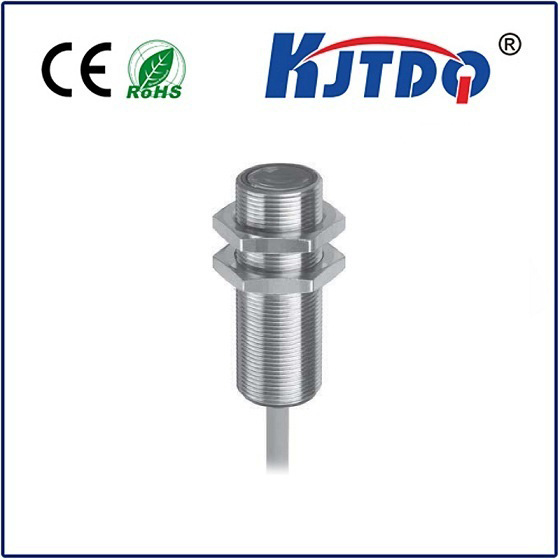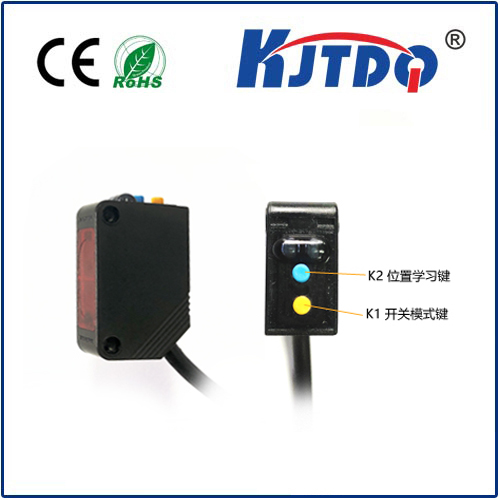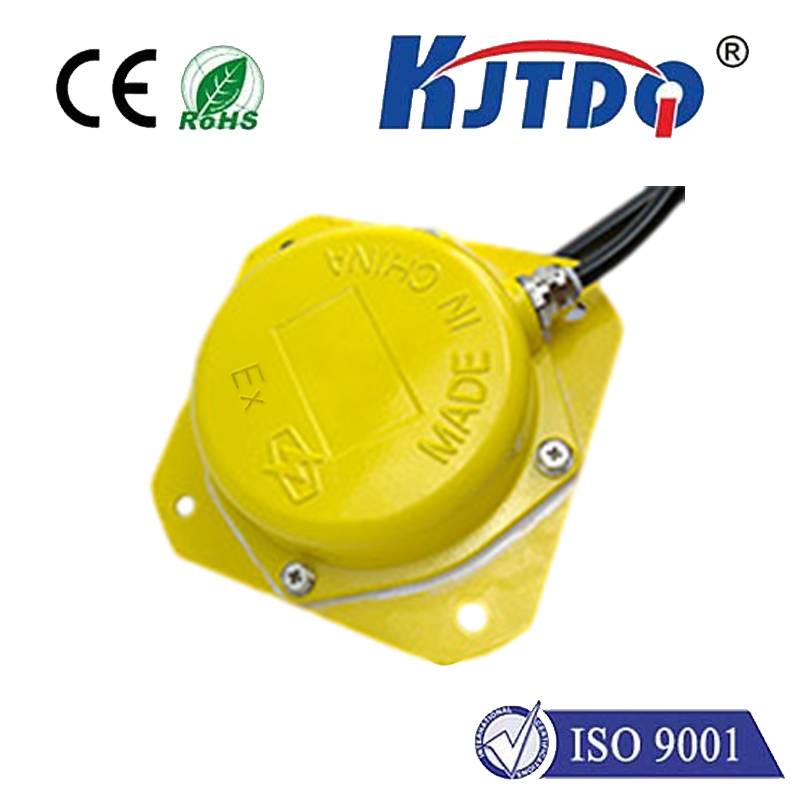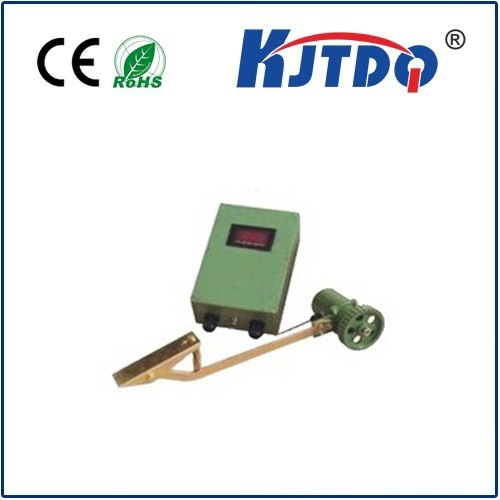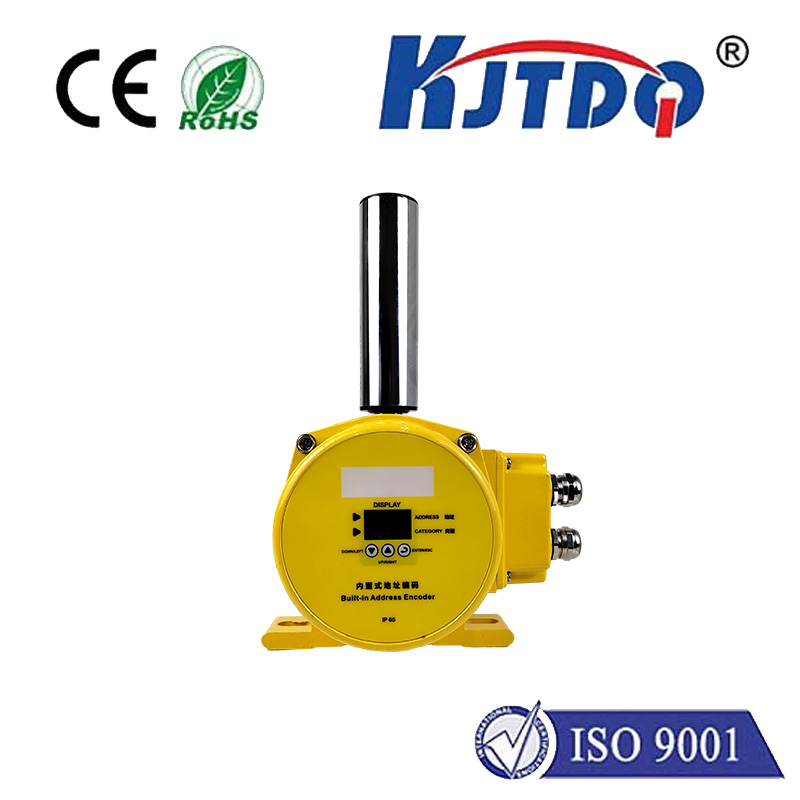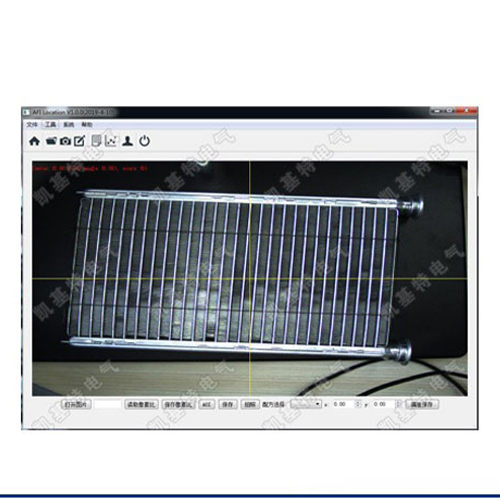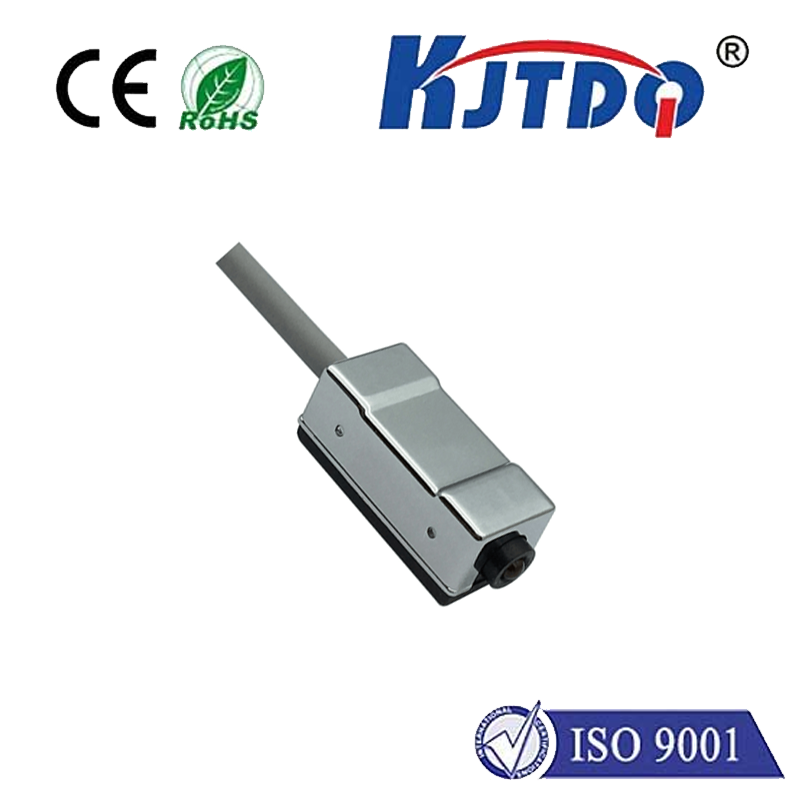laser sensor
- time:2025-09-14 02:59:49
- Click:0
Laser Sensors: The High-Precision Eyes Transforming Automation and Beyond
Imagine a world where machines see distance with pinpoint accuracy, navigate complex environments autonomously, or ensure flawless product quality at blinding speeds. This isn’t science fiction; it’s the everyday reality enabled by the remarkable technology of laser sensors. These sophisticated devices harness the power of focused light to perceive and measure the world with unprecedented precision, becoming indispensable components across countless modern industries. From factory floors to self-driving cars, from intricate medical devices to consumer electronics, laser sensors are the silent, high-tech observers driving efficiency and innovation.
Understanding the Core: What is a Laser Sensor?
At its essence, a laser sensor is a device that emits a highly focused, coherent beam of light (a laser) and analyzes the reflected signal to gather information about a target. Unlike simple light sensors, laser sensors utilize specific properties of laser light – its intensity, directionality, and coherent wavelength – to achieve remarkable accuracy and stability over significant distances. The fundamental principle involves measuring changes in the laser beam caused by the target. This could be:
- Time-of-Flight (ToF): Measuring the precise time it takes for the laser pulse to travel to the target and back. Distance is calculated using the speed of light. Crucial for long-range applications like LiDAR.
- Triangulation: Emitting a laser at an angle onto the target; the reflected light hits a position-sensitive detector. The position of the reflected spot shifts depending on the target’s distance, enabling high precision measurement at shorter ranges.
- Laser Interferometry: Measuring the interference pattern created by combining the emitted beam with the reflected beam, providing nanometer-level accuracy for displacement and vibration sensing.
- Confocal Spectroscopy: Using precise optical arrangements to detect fluorescence or reflectance from a specific focal plane, essential in microscopy and material analysis.
A Spectrum of Sensing Solutions: Key Types and Applications

The versatility of laser sensor technology manifests in various specialized types, each suited to distinct challenges:
- LiDAR (Light Detection and Ranging): Perhaps the most famous application, LiDAR sensors rapidly fire laser pulses in all directions, creating detailed 3D point cloud maps of the environment. This technology is fundamental for autonomous vehicles, robotic navigation, topographic surveying, forestry management, and archaeology. It provides the rich spatial awareness machines need to “see” and understand their surroundings.
- Laser Distance Sensors: These provide precise, non-contact measurement of distances or positions. Used extensively in industrial automation for object positioning, fill level control, thickness monitoring, roll diameter measurement, and verifying component dimensions with incredible accuracy. Their speed and reliability are invaluable on production lines.
- Laser Displacement Sensors: A subtype of distance sensors focusing on extremely high-precision measurements of position change or surface profile. Vital in quality control (e.g., checking flatness, warpage), monitoring minute vibrations in machinery, and guiding robotic assembly tasks demanding micron-level precision.
- Laser Contrast Sensors: Detect the presence, absence, or specific marks on objects based on differences in surface reflectance or color contrast. Commonly used for label verification, object counting, detecting print marks, and triggering processes reliably in packaging and printing.
- Laser Safety Sensors (Light Curtains): Creating an invisible grid of laser beams, these sensors provide crucial safety in automated environments. If the beam is interrupted (e.g., by a person reaching into a hazardous area), the machine is instantly stopped, preventing accidents.
Unlocking Tangible Benefits: Why Choose Laser?
The widespread adoption of laser sensors stems from compelling advantages they offer over traditional sensing methods:
- Exceptional Accuracy and Resolution: Achieving measurements down to nanometers in displacement sensors or centimeter-level accuracy over hundreds of meters with LiDAR.
- Superior Precision: Delivering consistent, repeatable results critical for quality assurance and process control.
- Non-Contact Measurement: Eliminates the risk of damage to delicate targets or the sensor itself and prevents contamination in sterile environments like food production or pharmaceuticals.
- High Speed: Capable of taking thousands of measurements per second, essential for real-time process monitoring and high-speed automation.
- Long Sensing Ranges: Certain types, particularly LiDAR and ToF sensors, can measure distances effectively over very long ranges.
- Minimal Target Dependency: Performance is less affected by target color, material (within limits), or surface texture compared to other optical sensors. They can reliably detect transparent or dark objects that challenge conventional sensors.
- Tight Beam Focus: Allows for detecting small objects, precise positioning, and operating effectively in confined spaces.
Choosing Wisely: Key Selection Factors
Selecting the right laser sensor is paramount for optimal performance. Consider these critical factors:
- Required Measurement (Distance, Displacement, Profile, Presence): Define exactly what you need to measure.
- Measurement Range: Specify the minimum and maximum distances involved.
- Required Accuracy and Resolution: How precise must the measurement be?
- Target Properties: Material, color, surface finish (glossy, matte, transparent).
- Operating Environment: Temperature extremes, dust, moisture, vibration, ambient light levels. Industrial sensors often require rugged enclosures (IP67/IP69K).
- Required Speed (Sampling Rate): How fast must the sensor detect changes or provide readings?
- Output Interface: Analog (4-20mA, 0-10V), digital (RS232, RS485, USB), Ethernet, or fieldbus protocols (EtherCAT, PROFINET, IO-Link).
- Size and Mounting Constraints: Physical space available for the sensor.
The Future is Bright: Emerging Trends
Laser sensor technology is continuously evolving, driven by demands for smarter, smaller, faster, and more integrated solutions:
- Miniaturization: Shrinking sensor sizes enable integration into consumer electronics (smartphones for AR, robotics), wearables, and smaller machinery.
- Solid-State LiDAR: Eliminating moving parts makes LiDAR sensors more reliable, compact, and affordable, accelerating adoption beyond automotive into drones, robotics, and smart infrastructure.
- Increased Intelligence & AI Integration: Sensors with built-in processing capabilities for edge computing, allowing for on-device feature detection, filtering, and decision-making without constant cloud communication.
- Enhanced Wavelengths & Eye-Safety: Development of sensors using wavelengths safer for human eyes (like 1550nm) while maintaining performance.
- Multi-Functional Sensors: Combining laser sensing with other technologies like vision or temperature sensing into single units for richer data capture.
Integrating the Invisible Workhorses
From ensuring the perfect gap on your car door to guiding a surgical robot or mapping the ocean floor, laser sensors are fundamental enablers of modern technology. Their ability to provide fast, accurate, and non-contact measurements makes them irreplaceable tools in automation, quality control, safety systems, and cutting-edge research. As the technology advances, becoming smaller, smarter, and more accessible, we can expect laser sensors to penetrate even deeper into our lives, silently shaping a future defined by enhanced perception, precision, and automation. Mastering their selection and application is key to unlocking new levels of efficiency and innovation across virtually every sector.






